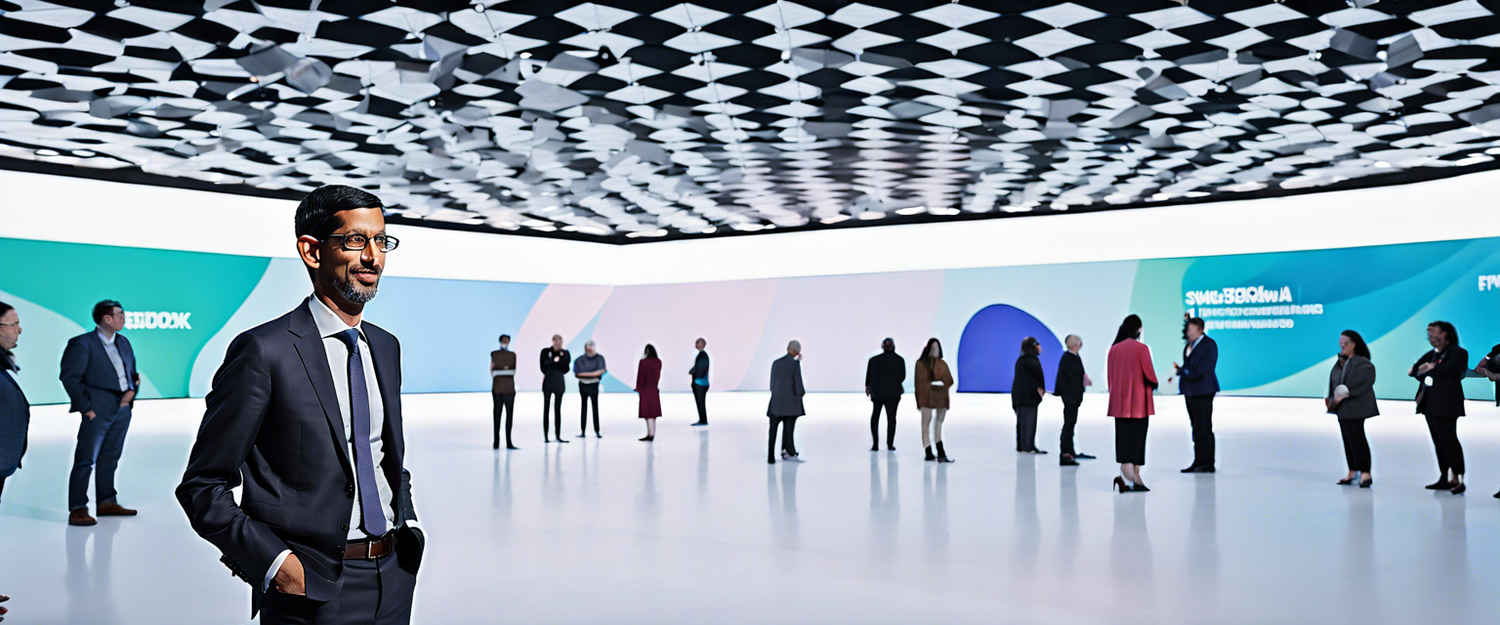The Future of Artificial Intelligence: Insights from Google CEO Sundar Pichai
At the New York Times’ annual Dealbook Summit, Google CEO Sundar Pichai shared his views on the evolving landscape of artificial intelligence (AI). As AI continues to transform industries, Pichai's observations suggest that we may be approaching a significant turning point.
The AI Development Landscape
Pichai posited that the era of AI developers relying heavily on massive datasets from the internet may soon be coming to an end. While a few pioneering companies have thrived with the current generation of large language models (LLMs), he believes that the challenges ahead will be more complex. This perspective comes in response to recent reports highlighting a slowdown in AI model performance compared to the rapid advancements noted during the launch of ChatGPT two years ago.
Industry Concerns and Observations
This viewpoint resonates with concerns shared by various industry leaders, including Ethereum co-founder Vitalik Buterin, along with Marc Andreessen and Ben Horowitz from a16z. They emphasize that the process of scaling AI models with vast amounts of unlabeled data seems to have hit a plateau. Pichai emphasized that by 2025, the "low-hanging fruit" will have been exhausted, signifying that only the most elite teams will stand out in the AI space.
Optimism for Future Advancements
Despite the mounting challenges, Pichai expresses an optimistic outlook for the future of AI. He anticipates that various significant advancements will continue to unfold in the coming years. One key concern within the AI community is the potential emergence of an "AI ouroboros" effect. This phenomenon occurs when models are trained primarily on data generated by other AIs rather than human-created content. Named after an ancient symbol representing a serpent eating its own tail, this could result in repetitive or distorted outputs as systems grow increasingly reliant on AI-generated data.
Looking Ahead: 2025 and Beyond
While some developers express concerns regarding potential stagnation in AI model capabilities, Pichai remains hopeful. He emphasizes the need for deeper breakthroughs to advance AI development into the next exciting phase. Pichai anticipates that the year 2025 will be pivotal, potentially ushering in significant innovations and advancements despite the obstacles that lie ahead.
Conclusion
The insights from Sundar Pichai highlight the dynamic nature of the AI industry. As we approach the mid-2020s, it will be crucial for developers and researchers to navigate the challenges and explore new avenues of growth in artificial intelligence.



اترك تعليقًا
تخضع جميع التعليقات للإشراف قبل نشرها.
This site is protected by hCaptcha and the hCaptcha Privacy Policy and Terms of Service apply.